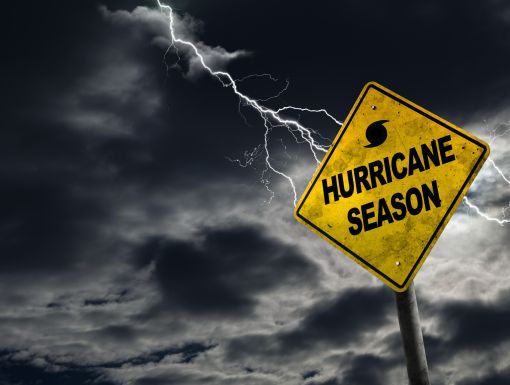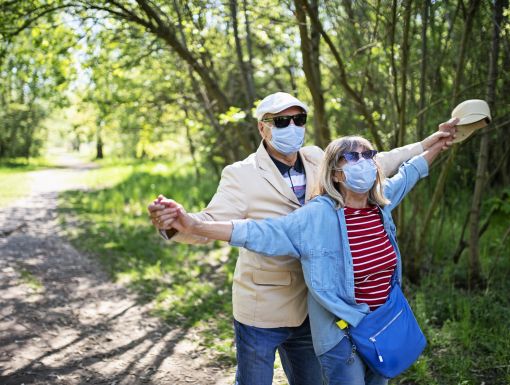
A Dozen Diabetic Must-Haves for Disaster Planning
In the south, we are no strangers to the concept of hoping for the best while preparing for the worst during hurricane season. For diabetics, there are a few extra considerations to keep in mind. Here are a dozen items to be sure you have when making your disaster plan.
- Medical information and important documents
Keep a list of all your medications, any allergies, medical conditions (including type of diabetes), the names of your healthcare professionals with contact numbers and complete prescription and pharmacy information. It is also beneficial to wear a medical alert bracelet or necklace. Make sure you have a copy of other important documents including your most recent insurance card, living will and/or power of attorney. While it is helpful to have these in hard copy format it is also wise to have them on flash drive or some other electronically retrievable device or on a web server storage location like google drive. - 30 day supply of medications
This includes oral medications, injectables, hypoglycemic glucagon kit (if prescribed by your provider) and insulin. Store insulin in a cooler or insulated bag with frozen gel packs. Do not use dry ice for insulin storage; it will freeze and damage the insulin. Also, be sure you have pen needles, syringes and a hard plastic container for disposing of sharps. - Blood glucose testing supplies
Make sure you have a working meter with enough lancets and strips to last a month and pack extra batteries that fit your meter. If you are using a CGMS device like a libre or DEXCOM be certain you have enough sensors to last you at least a month in addition to the one you are currently using. That would generally entail having 2-3 extra sensors with you. - Hypoglycemia treatment
Treat low blood sugar (which is a blood sugar of 70mg/dl or less) with the “rule of 15.” Take 15g simple carbohydrate, wait 15 minutes, re-check blood sugar and treat again if still low. Some treatment options that are easy to carry and can stay at room temperature include: glucose tablets, glucose gels, hard candy, packets of sugar or packets of honey. Having a cooler with 3-5 regular soda cans for this purpose can also be a great alternative. - Two to three day supply of non-perishable food
Some examples of non-perishable foods that are easy to pack include peanut butter, protein bars, meal replacement shakes, canned fruit, beans and cheese crackers. - Water
Whether you have diabetes or not, everyone needs to keep a supply of clean, drinkable water. The general rule of thumb is a 3-day supply. - Waterproof container
Store everything for your disaster kit in a water-tight container, preferably one that is insulated. - Proper fitting footwear
Be sure to have a good pair of shoes, preferably non-slip and closed toe, that fit well and do not rub or cause blisters. Inspect your feet often for cuts, sores, redness or swelling. It is also wise to pack 2-3 pairs of soft cotton socks to provide further protection for your feet. - First aid kit
If you do develop a cut or blister, you need to be able to treat it. Keep a first aid kit with sterile bandages, alcohol swabs, antibiotic ointment, etc. - Communication
In addition to having your mobile phone and a back-up battery, talk with family or friends ahead of time to develop a plan. Designate a place to meet up with them in the event you are unable to reach them by phone. It is also helpful to have a battery and/or crank operated radio that can provide you up to date information in case there is an extended power outage. - Appropriate clothing
Make functional clothing choices that will provide you some warmth and protection from the elements if circumstances arise that warrant extended time outdoors. - Miscellaneous items
Don’t forget items like some sunscreen, insect repellant creams or powders and a basic face mask with some disposable gloves in view of the new realities that the COVID-19 pandemic has created.


